Best Sellers
Contact Us
Outdoor first aid common sense
Author:Jose Source:Emak Click:
In the outdoor will inevitably meet some of the emergency situation, in order to make yourself in the face of these situations do not panic, in peacetime, we should learn some first aid knowledge, the following Xiaobian just let us introduce it!
First, artificial respiration
When the patient stops breathing to ensure that the airway open, artificial respiration immediately. Artificial breathing should be carried out rhythmically.
1. The author sits on the patient's side and opens the patient's mouth.
2. To prevent blow-in gas to leak, to pinch the patient's nostrils.
3. Deep breathing, open mouth, the author mouth to mouth with the patient like a balloon to the patient aspirated.
4. While blowing, while watching the patient's chest with agitation.
5. Breathe, release the mouth, check whether the patient spontaneously exhaled, once every 5 seconds, repeated. Oxygen in exhaled air is lower than oxygen in the air, but enough to sustain life. This mouth-to-mouth resuscitation without any appliance is effective and easy.
Bump into the patient's mouth when the patient can not open the mouth, aspirated from the nasal cavity for artificial respiration.
1. Prominent chin, opening the nose and throat.
2. Hold your chin up and close your lips to prevent air leaks.
3. Deep breathing, facing the nasal cavity aspirated.
4. Release your mouth and use your cheek to see if the patient has exhaled spontaneously.
Second, the heart squeeze
Found that awareness disappears, heartbeat, the heart should be implemented immediately squeezed.
The method is: take the patient one third of the position under the sternum, the surgeon with the right hand (good left hand can also be left hand) pressure on the hand back to keep the elbow perpendicular to the direction of the spine squeeze. Forces should not be too large, each squeeze the sternum subsidence 3 to 5 cm for the degree. Relax immediately after pressure. So repeated. Frequency of 70-80 beats / min or so. Note that the palm of your hand never leave the sternum.
Third, water and electrolyte balance
Water and electrolytes are an integral part of the essential substances that sustain life.
The body's metabolic process is essentially a series of complex, interrelated processes of biophysical and biochemical reactions that occur primarily intracellularly. These reactions are inseparable from the water. The volume and distribution of water in the body and the concentration of electrolytes dissolved in water are all controlled by the body's regulating function so that the volume of intracellular and extracellular fluid, electrolyte concentration, and osmotic pressure can be maintained within a certain range. This is the balance of water and electrolyte. This balance is necessary for normal cell metabolism conditions, is to maintain human life and maintain the physiological functions of various organs required conditions. However, this balance can be compromised by invasion or wrong treatment such as surgery, trauma, infection, etc. Water and electrolyte disorders can occur if the body is unable to regulate or exceed the body's compensatory level. Outdoor First Aid Common Aid First aid common sense.
Of course, water and electrolyte imbalance does not mean the disease itself, it is the consequences of the disease or accompanied by the phenomenon. Discuss and deal with water and electrolyte balance disorders, can not be separated from the diagnosis and treatment of primary diseases. However, when the disease reaches a certain stage, water and electrolyte balance disorders can even become a major threat to life.
Dehydration and heat stroke
Exercises in outdoor sports are generally large, will emit a lot of sweat, especially in the summer, the body of water, salt and vitamins consumed a lot, if not promptly added, it will cause electrolyte imbalance in the body, leading to heat stroke or collapse. Early dehydration will appear thirst, oliguria symptoms. This is actually the body's alarm signal, drink some water in time, the symptoms can be alleviated soon. If you turn a blind eye to these warnings, you will continue developing facial flushing, dry skin and mucous membranes, reduced elasticity, yellowing of your urine, loss of energy, and dehydration.
Heat stroke is a person in the hot sun or high temperature environment, the body heat can not be distributed in time, causing the body temperature regulation disorders. Or due to a large number of sweating caused loss of water loss of salt, blood concentration, skin and muscle dilatation and blood pressure, cerebral insufficiency. Light hours can be restored, severe cases can be lethal. Lack of sleep, fatigue, excessive drinking is often the incentive. Symptoms of stroke are a large number of symptoms of sweating, thirst, dizziness, tinnitus, chest tightness, palpitation, nausea and weakness in the limbs.
In fact, most of the heat stroke is caused by unscientific water. Some people sweat only after drinking a lot of distilled water or pure water, eventually leading to a large number of body salt loss can not be replenished promptly, causing collapse and coma. Pure water, distilled water, electrolytes, especially sodium content is low, mild water shortage can solve the problem, but in the case of moderate and severe dehydration, if you just blindly drink purified water, distilled water, although a lot of water added, but body fluids are also Was "diluted", dehydration symptoms can not be alleviated. The correct approach is to drink some water after some time, do not wait until the symptoms of dehydration before drinking to drink salt water, mineral-rich drinks based. Alcohol, coffee will speed up collapse, should be avoided.
2. First aid in heat stroke
In the event of heat stroke, sunstroke patients should be sent to the hospital for emergency treatment as soon as possible so as not to cause complications such as shock and kidney failure. However, before going to the hospital, some emergency treatment is still required: quickly stop the patient's movement, move to a cool, well-ventilated place, lift the head and unzip the underwear to facilitate breathing and cooling. Drink cold drinks, salt and water, can take Huoxiangzhengqi water, ten drops of water, Ren Dan and other hot weather medicine, take 10 drops of water 2 to 3 drops, add appropriate amount of warm water irrigation, or oral Ren Yan two or three tablets. And cold water towels available head, or ice bag, ice placed in the patient's head, armpits, thighs and other places. Place the patient in water at 4 ° C to 18 ° C and massage the extremities with a towel to expand the vasodilation of the skin, accelerate blood circulation and promote heat dissipation. General massage for about 15 to 30 minutes, the body temperature can be reduced to 37 ℃ to 38 ℃.
When the temperature dropped to 38 ℃, can stop cooling. The elderly, the infirm and cardiovascular patients are best not to use this water cooling method. If there is aura without measures to continue working in high temperature environment or exercise, the patient may develop moderate or severe heat stroke, increased body temperature, skin burning, shortness of breath, vomiting, irritability, convulsions, coma. Available ice pack patient head, neck, axillary, groin site, and quickly sent to the hospital for treatment.
Fourth, fall
Drops are common injuries in outdoor sports, light falls will bruise the skin or soft tissue contusion, severe ligament and muscle strain, as well as fractures, traumatic brain injury, spinal injury.
(A) fall rescue
1. Sprain and muscle strain, to make the injured place to rest, cold compress can ease the pain, while supporting the injured parts can be taut tie tight.
2. Fractures: Fracture sites generally have pain, swelling, deformity, dysfunction and other symptoms, there is bleeding when the fracture end punctures the large blood vessels. Fractures or suspected fracture, to avoid moving the injured or injured limbs, fixed and supporting the injured limbs (hemorrhage who have to stop bleeding after the first fixed), so that the wounded in transit due to handling, bump and make broken bone spurs Injured blood vessels, nerves, from the additional damage, aggravating the condition.
3. Craniocerebral trauma: light concussion, generally no skull fracture, mild headache and dizziness, coma nor more than 30 minutes. Severe skull fractures, brain contusion, cerebral hemorrhage, unconsciousness. Correct. Patients with craniocerebral plagiarism, to every second fight, inform the hospital to come to timely rescue, to maintain a quiet bed, do not make unnecessary movement and examination, to keep the airway open.
4. Cervical injury: falls can cause lumbar, thoracic, cervical injury, the latter most serious, such as: falling head can cause cervical spine dislocation, fracture, and more accompanied by spinal cord injury, limb paralysis. The hospital must be informed as soon as possible to come to rescue. On-the-spot first aid, let the injured lie on the ground or place the casualty on a hardwood board. Both sides of the neck should be filled with sandbags so that the cervical spine is stable and the cervical spine is consistent with the axis of the thoracic spine.
Fifth, bleeding
Outdoor sports injuries sometimes accompanied by varying degrees of bleeding. Light or heavy damage, the blood flow from the body surface wound, resulting in bleeding. When the object impacts or squeezes the body, deep tissues and viscera are damaged in the body, blood flows into the tissue or the body cavity, causing outdoor bleeding common sense outdoor activities. The wound was jet-like pulsatile bright red blood is arterial bleeding, the wound continued to overflow dark red blood venous bleeding.
(A) stop the bleeding method
1. Pressure bandage to stop bleeding: with sterile gauze or clean towels, cloth folded into a slightly larger than the wound pad, cover the wound, and then bandage or tape tightened. But suspected fracture or wound foreign body should not use this method.
2. Shiatsu stop bleeding: According to the direction of the artery, bleeding in the proximal end of the wound, with your fingers to suppress the artery, temporary bleeding can be used for the head, neck, limbs and arteries bleeding.
3. Tourniquet to stop bleeding: wound with rubber or cloth wound tight wound above the muscle and more parts, the elastic to touch the distal artery pulse, the wound bleeding is appropriate, too loose and no hemostatic effect, too tight will affect the blood circulation, Damage to nerves, causing limb necrosis. To clearly marked on the tourniquet of the time, more than two hours, every one hour to relax l-3 minutes, to Shiatha to stop bleeding. This method is suitable for hemorrhage of the limbs that can not be pressurized to stop bleeding.
(1) rubber tourniquet to stop the bleeding: a commonly used rubber tube 1 meter long, first with a bandage or cloth pad flat tourniquet site, with both hands appropriate to extend the middle tourniquet wound wound around the upper limb 2-3 laps After the fixed rubber tube with the flexibility of oppression of blood vessels to achieve the purpose of bleeding
(2) Cloth tourniquet to stop bleeding: commonly used triangular scarf, cloth, towels, sleeves and other flat wound in the cloth with a padded limbs, tighten or "sticks, chopsticks, pen holder" and so tighten the fixed.
4. Internal bleeding or suspicious internal bleeding patients, to make the patient absolutely quiet, padded lower extremities, the patient should be promptly sent to the nearest hospital for treatment.
Sixth, the blisters of the temporary treatment
Wear uncomfortable shoes and long-distance hiking and mountain climbing, easy to make the soles of the blisters, blisters cause pain affect stroke, blisters may also cause secondary infection after damage. You can use a bandage to cut a middle of a slightly larger than the blisters of small holes, and then align the holes affixed to blisters, and then affixed to the top of a paste affixed. This will significantly reduce the pain, it is not easy to break.
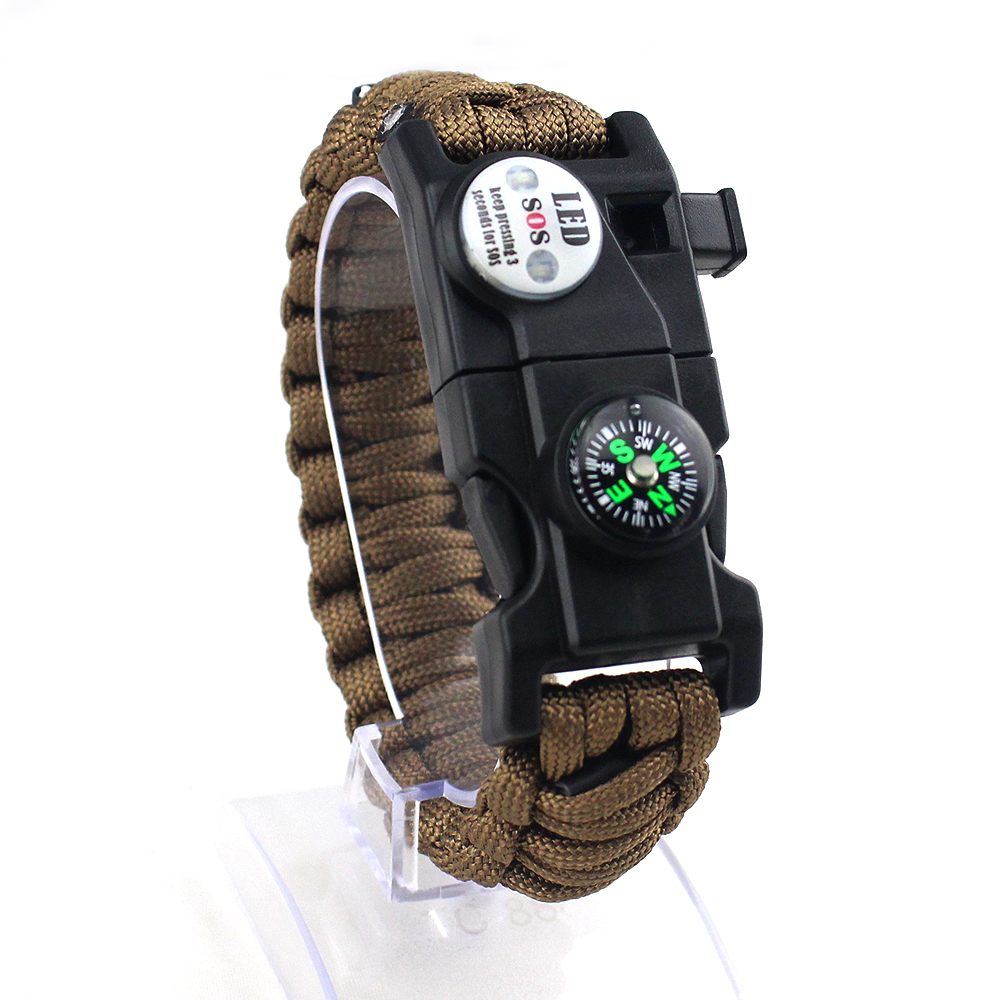
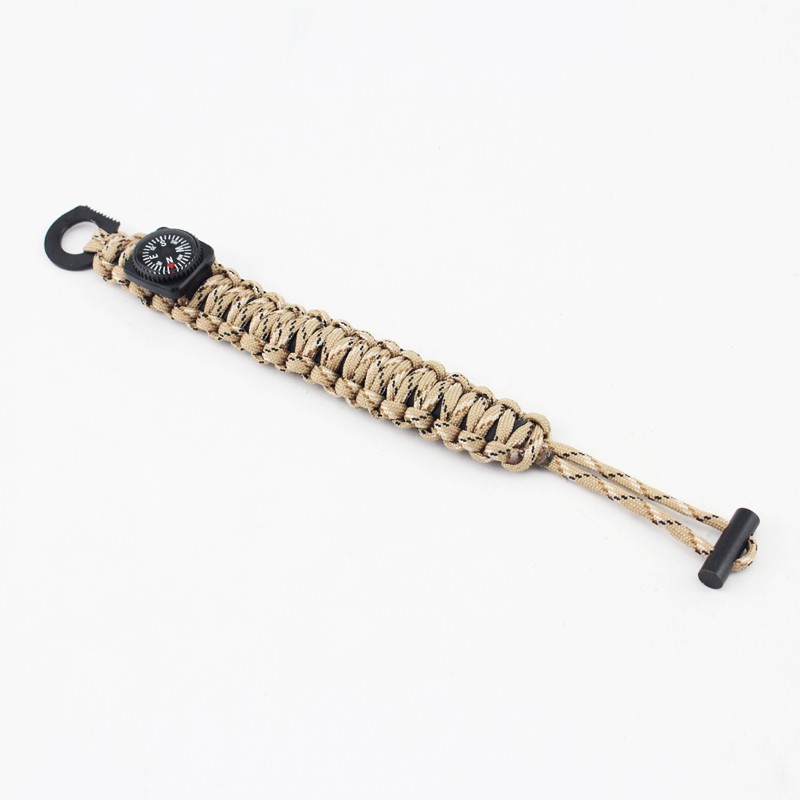
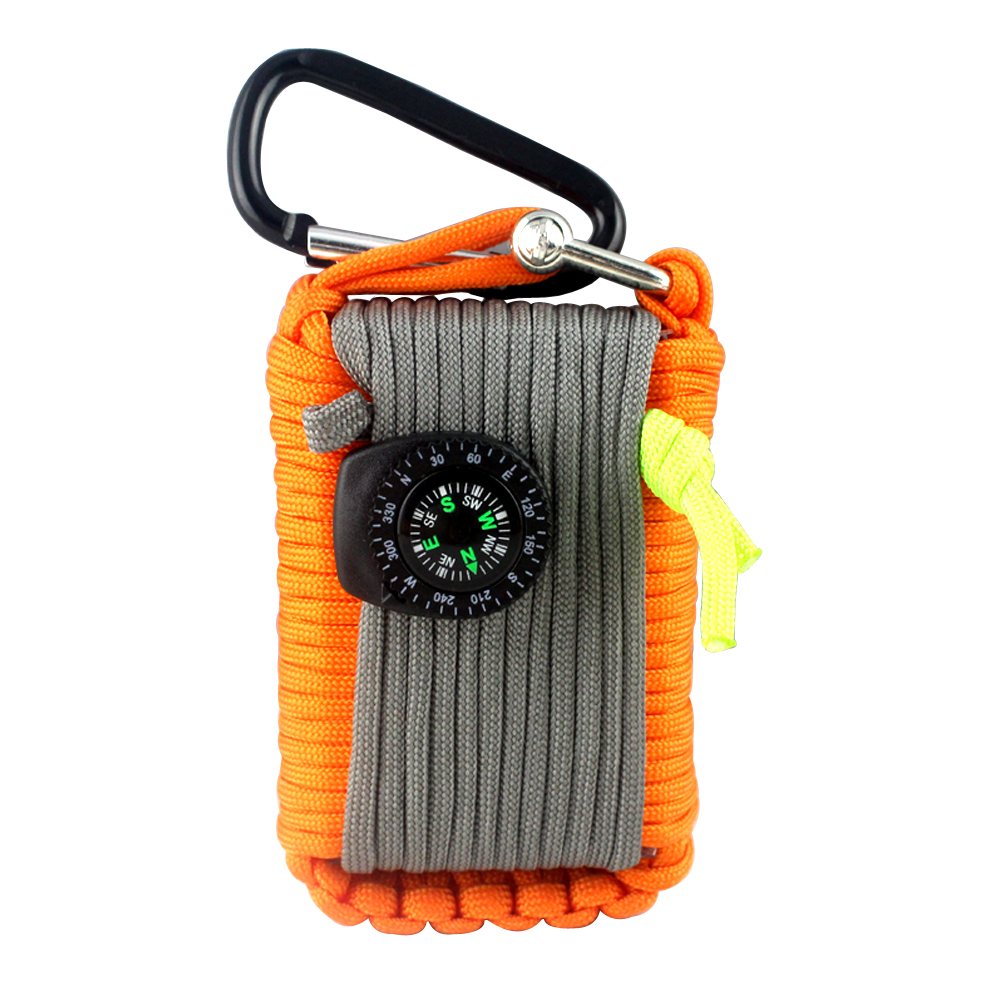
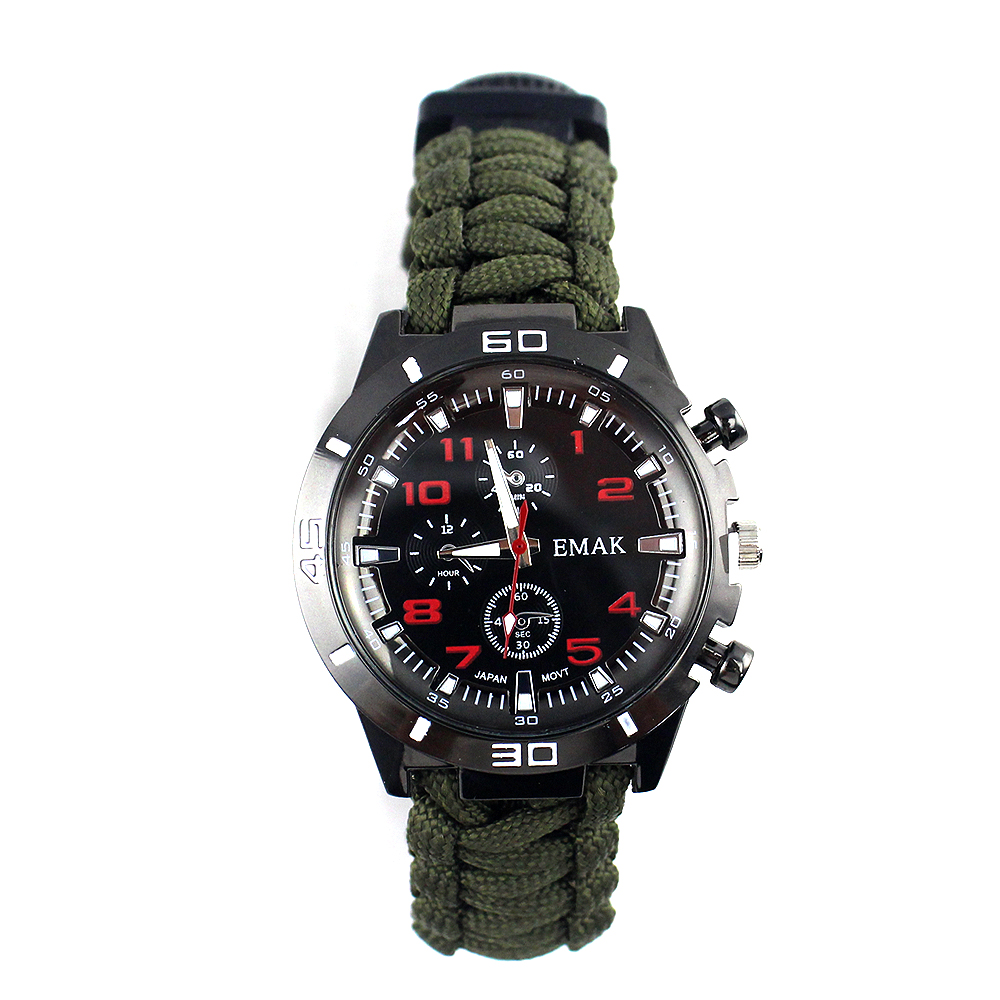
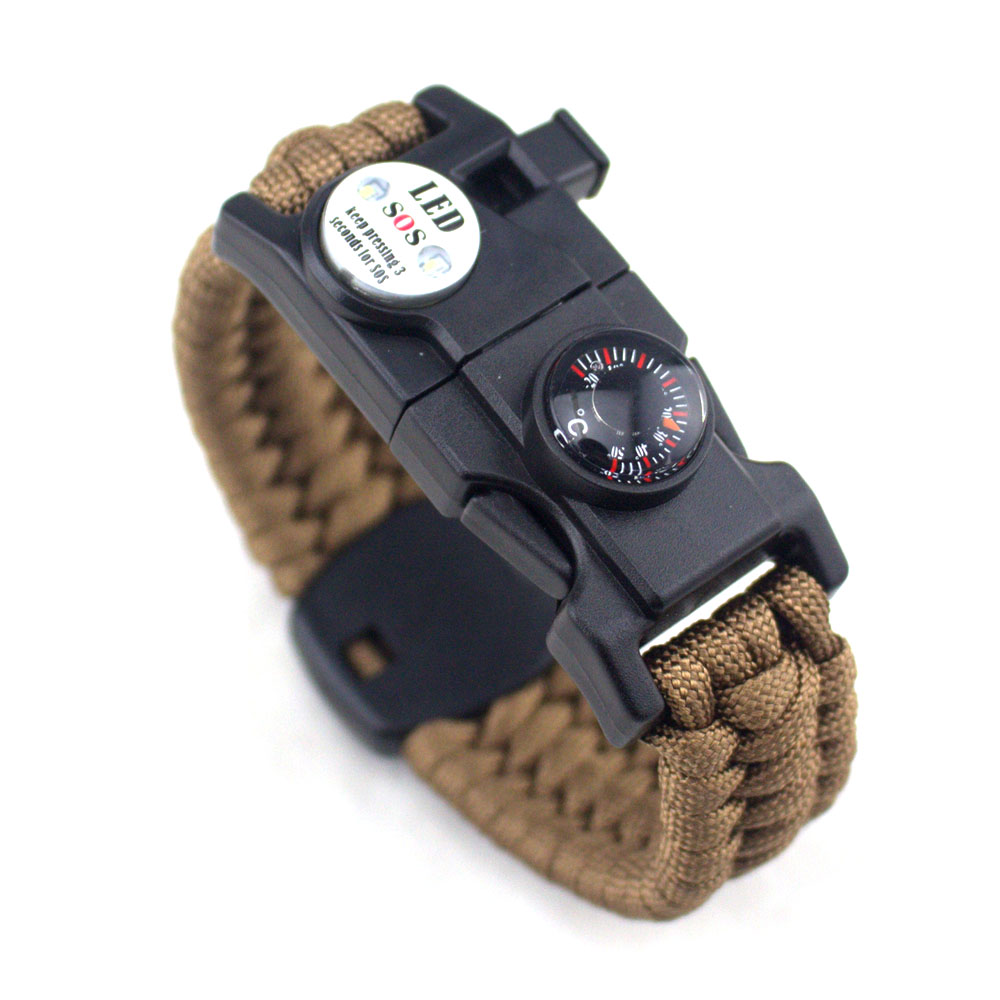
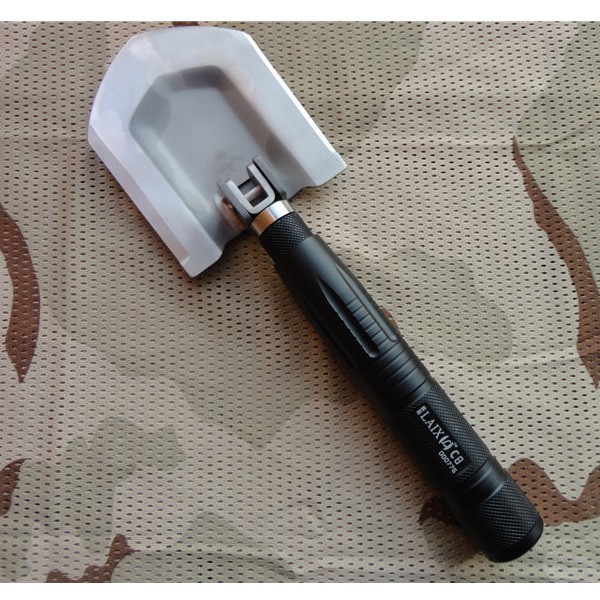
 Emak
Emak